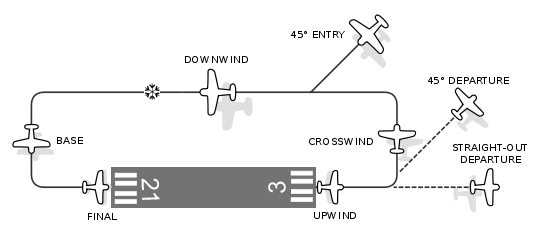No, they don't, since the Administrative Procedures Act authorizes the FAA to issue these interpretations of its own rules, but even without that...
The interpretation must not be plainly erroneous or inconsistent with the regulation. And per post-Mead cases, the APA does not seem to cover interpretation letters.
From
http://www.mwe.com/publications/uniEntity.aspx?xpST=PublicationDetail&pub=6031
"In Christensen, the court noted the doctrine of Auer v. Robbins, 519 US452 (1997), which held that an agency’s interpretation (apparently without regard to the form of the interpretation) of its own regulation is "controlling unless plainly erroneous or inconsistent with the regulation," quoting Bowles v. Seminole Rock & Sand Co., 325 US 410, 414 (1945). However, in Mead, the court cited Martin v. OSHRC (CF&I Steel Corp.), 499 US 144, 157 (1991), which concerned an agency’s interpretation of its regulation, as exemplifying the giving of weight under Skidmore, as opposed to deference under Chevron."
And a few years later, from
https://law.resource.org/pub/us/case/reporter/F3/357/357.F3d.632.02-1682.html"Cases will arise involving informal agency actions that once received, but no longer receive, Chevron deference in the aftermath of Mead and Christensen. See Mead, 533 U.S. at 232, 121 S.Ct. 2164 ("nterpretive rules ... enjoy no Chevron status as a class."); compare Johnson City Med. Ctr. v. United States, 999 F.2d 973, 977 (6th Cir.1993) ("[T]his Court accords deference to Revenue Ruling 85-74 under the standard set forth in Chevron."), with Aeroquip-Vickers, Inc. v. Comm'r, 347 F.3d 173, 181 (6th Cir.2003) ("In light of the Supreme Court's decisions in Christensen and Mead, we conclude that Revenue Ruling 82-20 should not be accorded Chevron deference.");"
..."Air Brake, however, cannot rely upon this principle because the Chief Counsel's legal interpretations have no claim to deference of any sort. For one reason, they are too informal. Congress does not generally expect agencies to make law through general counsel opinion letters. See Christensen, 529 U.S. at 587, 120 S.Ct. 1655 ("opinion letters ... lack the force of law"); Heimmermann v. First Union Mortgage Corp., 305 F.3d 1257, 1262 (11th Cir.2002) ("[L]etters from HUD's general counsel to members of Congress ... are the kinds of informal policy positions that lack the force of law and are unentitled to Chevron deference."), cert. denied, 539 U.S. 970, 123 S.Ct. 2641, 156 L.Ed.2d 675 (2003); Am. Express Co. v. United States, 262 F.3d 1376, 1382 (Fed.Cir.2001) ("[An] interpretation ... contained in [a] General Counsel Memorandum... [that] is not reflected in a regulation adopted after notice and comment [] probably would not be entitled to Chevron deference."); cf. Hosp. Corp. of Am., v. Comm'r, 348 F.3d 136, 144 (6th Cir.2003) ("In Mead Corporation, the Court found that Congress had not implicitly delegated law-interpreting authority through the 10,000 to 15,000 tariff rulings made each year by forty-six different Customs offices without notice and comment procedures.").
For another reason, the letters interpret a regulation (Standard 121), not the statute that the agency is charged with enforcing (the Safety Act). Chevron does not apply in this setting. See Christensen, 529 U.S. at 587-88, 120 S.Ct. 1655 (distinguishing Chevron deference — the deference accorded an agency's interpretation of a statute — from the deference accorded an agency's interpretation of its own regulation); Am. Express Co., 262 F.3d at 1382-83 ("[W]e are not dealing with an agency's interpretation of a statute and issues of Chevron deference, but with the IRS's interpretation of an ambiguous term in its own Revenue Procedure.")."
...the AIM clearly authorizes those opposite direction turns during a 45 entry.
The AIM is absolutely not regulatory. You know that. It cannot "authorize" anything. It actually creates an ambiguity where there should be none.







 ......
......


